
WITNESS NUMBER TWO
If one watches any number of numerous popular documentaries about nature, especially about extinct animals or plants (dinosaurs are everybody’s favorites), a conspicuous feature of virtually all of these documentaries is the dogmatic, matter-of-fact manner in which the ages of rocks and fossils are assigned dates of so many millions or billions of years. These ages are smugly asserted pontifically as empirical data, as unquestionable facts. It is never explained to the viewer how these ages were determined.
In reality, these age designations are axioms, arbitrary logical premises, assumptions, based to some degree upon the misplaced confidence many have in radiometric dating; for example, radioactive uranium to lead decay, or radioactive rubidium to strontium decay, or radioactive potassium to argon decay ratios. To the much greater degree, the rocks are not dated by radiometric dating but are dated by what are called “index fossils” or “zone fossils” according to age schemes previously “established” by evolutionists: “there’s a tyrannosaurus fossil in there—oh, that’s 65 million years old;” and so the mantra goes.
The discrepancies, the contradictory age results which are produced when radiometric “dating” is used, which invariably result from use of the different radioactive substances as source materials, are never disclosed to the viewers and yield greatly contradictory results measuring in some cases in the billions of years! (Yes, that’s billion with a “b.”) Greatly contradictory age determinations also result using the same method in various samples of the same rock or the same stratum. Yet the viewers are never informed of these facts. The Great Darwinian Propaganda Machine just rolls on and on and no one looks too hard at the actual means by which dates are determined.
Our next witness against the trustworthiness of radiometric dating is RICHARD MILTON.
Richard Milton is an agnostic and, like Roger Lewin whom we discussed in Part 1, Milton is no biblical creationist. He is a science journalist and design engineer and a member of Mensa and a member of the Geologists Association. Though Richard Milton does not dispute evolution, he does dispute Darwinian gradualism. Milton wrote a book called “Shattering the Myths of Darwinism.” Milton’s book should be required reading in every class that teaches on the subject of evolution. Milton notes on pg. 20-21:
“Radioactive techniques can be applied only to volcanic rocks that contain some radioactive mineral (emphasis supplied) —the primary rocks of the earth’s crust. But the geologic column consists of sedimentary rocks.”
Sedimentary rock (where fossils are found), let it be emphasized, is rock lain down in almost all cases by water deposition—(hmmmm). The “geologic column” depicted in our school textbooks, complete with its orderly “progression of life” and prominently consisting of land vertebrates, is a mental construct, an abstraction, and a correlation across continents and not a physical reality anywhere in the world. The “geologic column” is the fossil-bearing rock of the sedimentary rock, and (note well) covers nearly the entire land surface of the earth averaging a mile to a mile and a half in depth, and consists of over 99% marine invertebrates (hmmmmm). The land-dwelling vertebrates so conspicuously filling up our textbook depictions of the geologic column are, in terms of percentages, virtually non-existent in the fossil record.
Luther Sunderland notes in his book, “Darwin’s Enigma,”
“The geologic column was established before 1840 by men in England and Scotland when most of the world had not yet been explored geologically….Rock formations have never actually been found anywhere in the world in the complete arrangement shown in the column. Neither has there been even a significant portion of the column found in one place.”—pg. 48
Moerover Milton quotes John Thackray of the Institute of Geological Sciences,
“The only sediments which can be dated directly are those in which a radioactive mineral is formed during diagenesis [laying down] of the sediment… Where lavas or volcanic ashes are interbedded with a sediment of known stratigraphic age, then a date may be given to that stratigraphic division…The RARITY OF SUCH CASES, TOGETHER WITH ANALYTICAL ERROR INHERENT IN AGE DETERMINATION, MEAN THAT ISOTOPIC AGES ARE UNLIKELY TO RIVAL OR REPLACE FOSSILS AS THE MOST IMPORTANT MEANS OF CORRELATION.” (emphasis supplied)
In other words, what Thackray is telling us is that radiometric dating is not really used to date fossils. The fossils are used to date the rocks based upon a-priori age assignments of the fossils established before 1840 (and expanded repeatedly since then) which is in turn based upon prior evolutionary age assumptions. In other words, the entire process of rock and fossil dating is a classic tautology, a circular argument pre-loaded with assumption after assumption—in a word, fraud. Milton goes on to point out that the whole age schema commonly accepted today goes back to the speculations of Charles Lyell, the founder of modern uniformitarian theory and old-earth theory which paved the way for Charles Darwin’s evolutionary speculations. The age schema now in vogue among evolutionists was firmly in place before radiometric dating even existed.
Arch-evolutionist Niles Eldredge, former Curator of the American Museum of Natural History, and co-founder of the “punctuated equilibrium” hypothesis also notes this and admits:
“Paleontologists usually cannot tell time with the handy radiometrics of geochemists… Sedimentary rocks more than a few million years old simply do not have such isotope-bearing minerals crystallized de novo within them…
“Paleontologists cannot operate this way. There is no way simply to look at a fossil and say how old it is unless you know the age of the rocks it comes from…(emph supp.)
“Long before radioactivity was known to physicists, paleontologists had another way to tell time. Fossils occur in the same vertical sequence throughout the geologic column. The same, or closely similar, fossils frequently occur in many far-flung localities…The repetitive pattern of occurrence allows geologically minded paleontologists to correlate…
“And this poses something of a problem: if we date the rocks by their fossils, how can we then turn around and talk about patterns of evolutionary change through time in the fossil record? We need an independent time frame…” Niles Eldredge, Time Frames, pg. 51-52, emph supp.
This whole process is clearly circular reasoning and requires (and assumes) evolution to be true first before the process can have any validity at all, and even then there is no way to give actual dates even if you can conclusively prove a sequence. The whole sequential arrangement (which is not consistent everywhere in the world, Eldredge’s assertion notwithstanding) of strata can just as easily have occurred over one year or one hundred trillion years!
Milton notes on page 29: “No other scientific discipline would be permitted to even consider such procedures.”
On page 37-38, Milton observes:
“The most widely used methods, such as uranium-lead and potassium-argon, have been found to be seriously flawed, not merely in practice but in principle. In addition [note well] THE METHODS YIELDED DATES SO DISCORDANT AS TO MAKE THEM UNRELIABLE.” –emph. supp.
Testing volcanic lava rock of known age is a “proof of the pudding” kind of procedure. One of the examples Milton cites includes: rock of KNOWN age formed from lava from an eruption of Mount Kilauea in 1801 yielded a radiometric date (excuse me, multiple dates, plural) of up to THREE BILLION YEARS on rock known to be 214 years old! Is there anyone reading this who thinks three billion years of error is somewhat off the mark? And I would like to ask, why is radiometric dating so heavily relied upon when it can be empirically demonstrated to yield results so amazingly and staggeringly erroneous?
Also, Milton points out that the Australian National University found ages up to 465,000 years for lava in New Zealand known to be less than 1,000 years old (pg. 38, Shattering the Myths of Darwinism). Regarding the KBS Tuff of Leakey fame, where the famous skull 1470 was found, which we examined in Part 1 of this series, Milton notes separate radiometric dating tests by different research groups resulted in multiple discordant dates ranging from 1.5 – 6.9 million years in one series of radiometric datings, and 0.5 – 2.4 million years in another series of radiometric datings, and yet more discordant results of 8.43 to 17.5 million years on another sample.—pg. 54-55
Such is the “reliability” of radiometric dating. And though the administrators of the Great Darwinian Propaganda Machine do not want anyone to know it, the fact is that these contradictory results are the norm.
Milton characterizes this state of affairs on pg. 50 of his book:
“What is alarming is that in the very few cases of truly independent evidence we have…the measured dates are spectacularly wrong. The response of radioactive dating advocates is to reject the few cases of independent verification as aberrations, and to prefer instead their theory purely because of its INTERNAL consistency, principally that it fits with a belief in an old earth. In doing so, they are rejecting the only real independent check available.”
And,
“If all the rejected dates were retrieved from the waste basket and added to the published dates, the combined results would show that the dates produced are the scatter that one would expect by chance alone.”—pg. 51
Comment is hardly necessary here and this is just the tip of the radiometric dating iceberg.
Our next witness in Part 3 will be Don Boys, Ph.D.
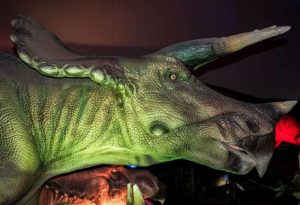
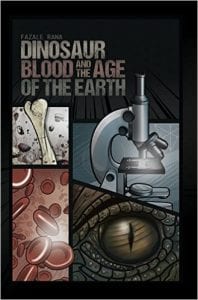
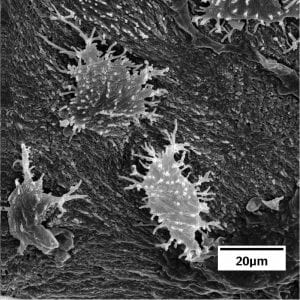
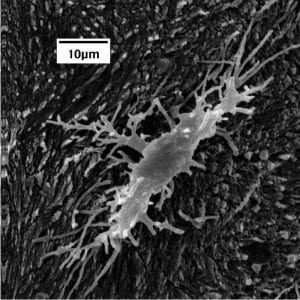
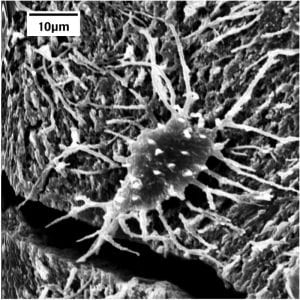
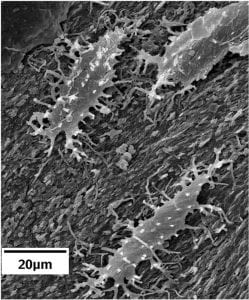
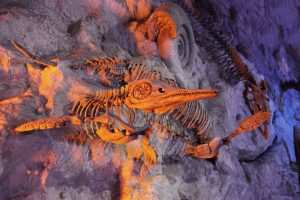
Recent Comments